By Rebecca Hooper, Lincoln County Master Gardener Association
Featuring one of Oregon Bee Project’s “Bee Innovators” of garden practices.
Early spring flowers in Western Oregon provide more than just a colorful relief from the otherwise gray and rainy end of winter. Most native pollinators hibernate during the winter and they need an easily accessible source of pollen and nectar to feed on after a long slumber. Not many flowers are blooming early in the spring, which can make being a bee difficult. One group of Oregon State University (OSU) Master Gardener apprentices in Lincoln County designed a garden to provide food for pollinators–and beautiful flowers for humans!–throughout the spring, summer, and fall.
One of the requirements to earn an OSU Master Gardener badge in Lincoln County is to create an educational project in one of the four demonstration gardens managed by the Master Gardener program. Rebecca Hooper, Diane Bryan, and Greg Kurtz, three apprentices in the 2017 Master Gardener program, chose to collaborate on one project: a year-round pollinator garden, at the Oregon Coast Community College (OCCC) campus. The goal of the pollinator garden was to provide OCCC students and visitors with a beautiful demonstration of the varieties of easy-to-grow plants that will attract pollinators throughout the growing season. The garden was primarily planted for the 100s of bees that could visit here but hummingbirds, butterflies, moths, and other pollinators benefit from gardens that flower year-round.
Each apprentice prepared a separate raised bed specifically for plants that will flower in either the spring, summer or fall. Planting and bed preparation began in April. Each plant was labeled with its common and scientific name so that visitors might be able to create a plant list for their own home garden.
The year-round pollinator garden exceeded everyone’s expectations. The raised beds were prepped in April and flowers started blooming as early as May and continued straight through November, fairly late into the fall season for the Oregon coast. You can visit this garden, on the Oregon Coast Community College campus in Newport, Oregon. Check out the end of this article for the full plant lists for each season.
Mid-May – The spring blooming bed is on the left forefront. The tall yellow flowers, that are actually kale plants planted the previous year, were a hit with the bumblebees! In the center of the image are the summer and then fall blooming gardens.
Early July – View of the beds is reversed from the image above. The majority of pollinator activity at the time were on the kale in the spring bed and the catmint and ‘tutti frutti’ hyssop (tall, dark pink flowers), both in the mint family, were popular in the summer bed. You can tell that plants pay more attention to the weather and climate, not our ‘spring’ and ‘summer’ labels; the kale plants just kept blooming and exceeded all expectations.
Early August – The summer and fall blooming beds were at their peak! Catmint, ‘tutti frutti’ hyssop and borage (the shorter blue flowers) were attracting the most bees in the summer bed while cosmos (the large round flowers with pink petals and yellow centers) attracted the most pollinators in the fall bed. At this point, the spring bed was done blooming and the kale was heavy with seeds.
Mid-September - The sneezeweed and cosmos were very popular until the asters came into bloom and stole the show! These asters are the plants boasting tons of smaller lavender-pink flowers.Goldenrod was another aster the bees loved while its two small flower clusters bloomed. The milkweed and hyssop were very young plants and did not bloom this year; we might plant them earlier next year.
These photos were taken in mid-September. These bees are loving these yellow blooms, part of the sneezeweed plant, which are actually composite flowers: what we consider one flower is actually hundreds of tiny flowers where the colorful petals radiate from. Can you see the tiny yellow flowers?
These photos were also taken in September, of aster and cosmo flowers, both in the aster family and also composite flowers. The bees take pollen and nectar from each of these tiny flowers!
The diversity of pollinators visiting the beds was exciting and surprising; it’s motivated the Master Gardeners to become involved in the Oregon Bee Atlas Project, a new and ambitious initiative of the Oregon Bee Project to identify and catalog all native species of bees in Oregon.
The garden that Hooper, Bryan, and Kurtz created demonstrates a fantastic way to provide food for native pollinators and a beautiful, blossoming garden all season long. To make your own pollinator garden, check out the plant list at the bottom of the article, visit your local nursery or native-focused plant store for more bee-friendly plants, and visit the Oregon Bee Project’s resource page for gardeners.
Example Plant Lists for the Oregon Central Coast
Spring–Early Summer Blooms:
Brassica spp - Kale
Borago officinalis - Borage
Ajuga reptans - Ajuga
Digitalis spp - Foxglove
Lavandula spp - Lavender
Phacelia spp - Phacelia
Limnanthes Douglasii - Meadowfoam
Oregano spp - Oregano
Thymus spp - Thyme
Late Spring–Summer–Early Fall Blooms:
Penstemon barrette x rupicola. Selected to attract sweat bees
Agastache – Tutti Frutti. Selected to attract sweat bees
Clethra alnifolia. Bloom. Selected to attract honey bees, bumblebees, carder bees and mason bees
Mentha spicata – Spearmint. Selected for quality nectar and pollen
Limnanthes Douglasii - Meadowfoam or Poached Egg Plant. Selected to attract honey bees, blue orchard bees and sweat bees
Scrophularia sp – Figwart
Coreopsis pubescens - Tickseed
Hebe var - Marilyn Monroe
Geum - Avens Red
Ericaceae variety - Heather
Late Summer–Fall Blooms:
Asteracea variety – Aster, garden hybrid
Solidago canadensis - Goldenrod
Helenium autumnale - Sneezeweed
Asclepias tuberosa - Milkweed
Hysoppus officianalis - Hyssop
Cosmos bipinnatus - Cosmos
Penstamon - garden hybrid. Selected to attract hummingbirds
Salvia officianalis - Pineapple sage. Selected to attract hummingbirds
Epilobium canum - California fuchsia. Selected to attract hummingbirds
Verbena bonariensis - purple-top verbena







